The Digital Marketing Ecosystem Explained: Simple Guide for Beginners
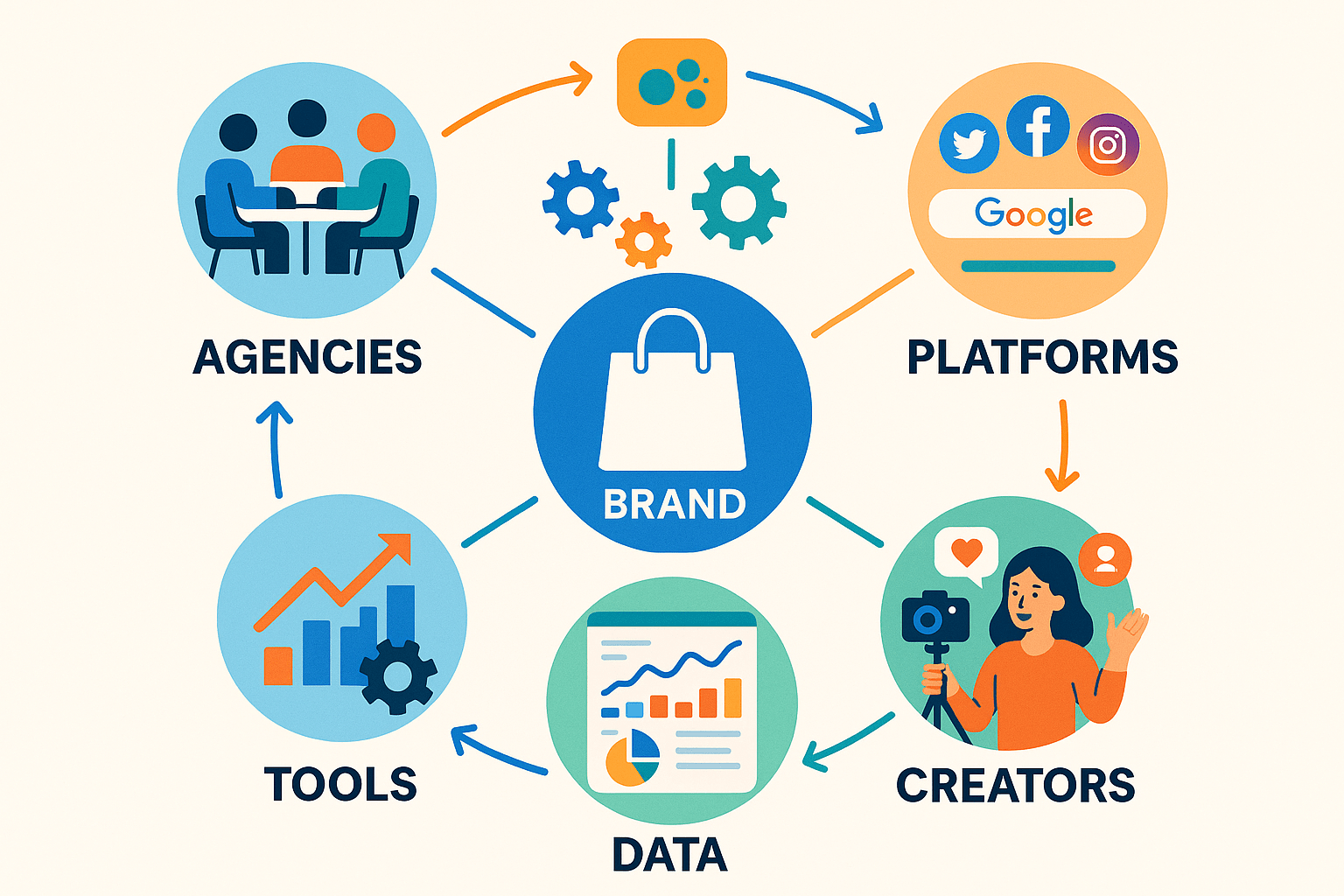
When you scroll through Instagram, Facebook, watch a YouTube video, or search on Google, you’re not just seeing random content — you’re inside a massive ecosystem called digital marketing. It’s a web of brands, agencies, platforms, tools, data, and creators, all working together to capture attention and drive action. Understanding this ecosystem is like having a map: without it, you’re lost; with it, you can move smarter, faster, and with purpose. Let’s break it down into simple, actionable parts.
What is the Digital Marketing Ecosystem?
Think of the digital marketing ecosystem as a connected system where different players interact to promote products, build trust, and drive sales. It’s not just about ads — it’s about relationships, storytelling, and data working together.
The ecosystem has six major players: brands, agencies, platforms, tools, data, and creators. Each one plays a unique role, and when they connect, powerful things happen.
1. Brands — The Core of the Ecosystem
At the centre are brands — companies, startups, or individuals trying to sell products or share ideas. Without brands, the ecosystem doesn’t exist.
- Example: A small clothing store wants to sell more online.
- Role: Brands create products and decide marketing goals (awareness, sales, loyalty).
- Benefit: Digital marketing lets even small brands compete with big names by being creative and targeted.
2. Agencies — The Strategy Builders
Not every brand has the time or skills to handle digital marketing. That’s where agencies step in.
- Example: Social media agencies run campaigns for multiple clients.
- Role: Agencies design strategies, manage ads, and optimise results.
- Benefit: They bring expertise, creative skills, and tools that many businesses don’t have in-house.
3. Platforms — The Stages Where Action Happens
Platforms are the digital spaces where brands and customers meet.
- Social Media: Instagram, Facebook, LinkedIn, TikTok
- Search Engines: Google, Bing
- Marketplaces: Amazon, Flipkart
- Video Platforms: YouTube, Vimeo
Each platform has its own rules and audience behaviour. Knowing where your target audience spends time helps you choose the right platform.
4. Tools — The Invisible Helpers
Tools make digital marketing smarter and easier.
- Analytics Tools: Google Analytics, GA4
- SEO Tools: SEMrush, Ahrefs, Ubersuggest
- Email Tools: Mailchimp, ConvertKit
- Design Tools: Canva, Figma
- Ads Tools: Google Ads Manager, Meta Ads
Without tools, it’s like running a marathon barefoot. With them, you save time, measure results, and improve campaigns.
5. Data — The Fuel of the Ecosystem
Data is the heartbeat of digital marketing. Every click, view, or purchase creates data that can be analysed.
- Role: Tells you what works and what doesn’t.
- Example: Knowing that most of your traffic comes from mobile helps you improve your mobile site.
- Benefit: Brands can make decisions based on real numbers, not guesses.
Data transforms marketing from “hoping” into knowing.
6. Creators — The Human Connectors
Creators are influencers, bloggers, YouTubers, and even micro-creators on social platforms. They build trust with audiences and can connect brands to people in authentic ways.
- Example: A food blogger recommending a local bakery.
- Role: Bridge between brand and consumer through storytelling.
- Benefit: Creators bring a human touch that ads often lack.
How the Ecosystem Works Together
Here’s a simple flow:
- A brand creates a product.
- An agency builds the strategy.
- The campaign runs on platforms using ads and content.
- Tools measure engagement and optimise performance.
- Data is collected to refine campaigns.
- Creators amplify reach with authentic stories.
It’s a cycle. Every part needs the other.
Why You Need to Understand This Ecosystem
- If you’re a business owner: You’ll know where to invest and what to delegate.
- If you’re a student/professional: You’ll understand which skills are in demand.
- If you’re a creator: You’ll see how your role fits into the bigger picture.
The ecosystem gives you clarity. Instead of being overwhelmed by 100+ marketing terms, you’ll know how everything connects.
Conclusion
The digital marketing ecosystem is not a random buzzword — it’s the real map of how online growth works. Brands, agencies, platforms, tools, data, and creators all play their parts in making marketing powerful. Once you understand this map, you’ll stop feeling lost and start seeing opportunities everywhere. Your action step today? Pick one role you connect with — maybe as a brand owner, creator, or learner — and dive deeper. The ecosystem is waiting for you to join.
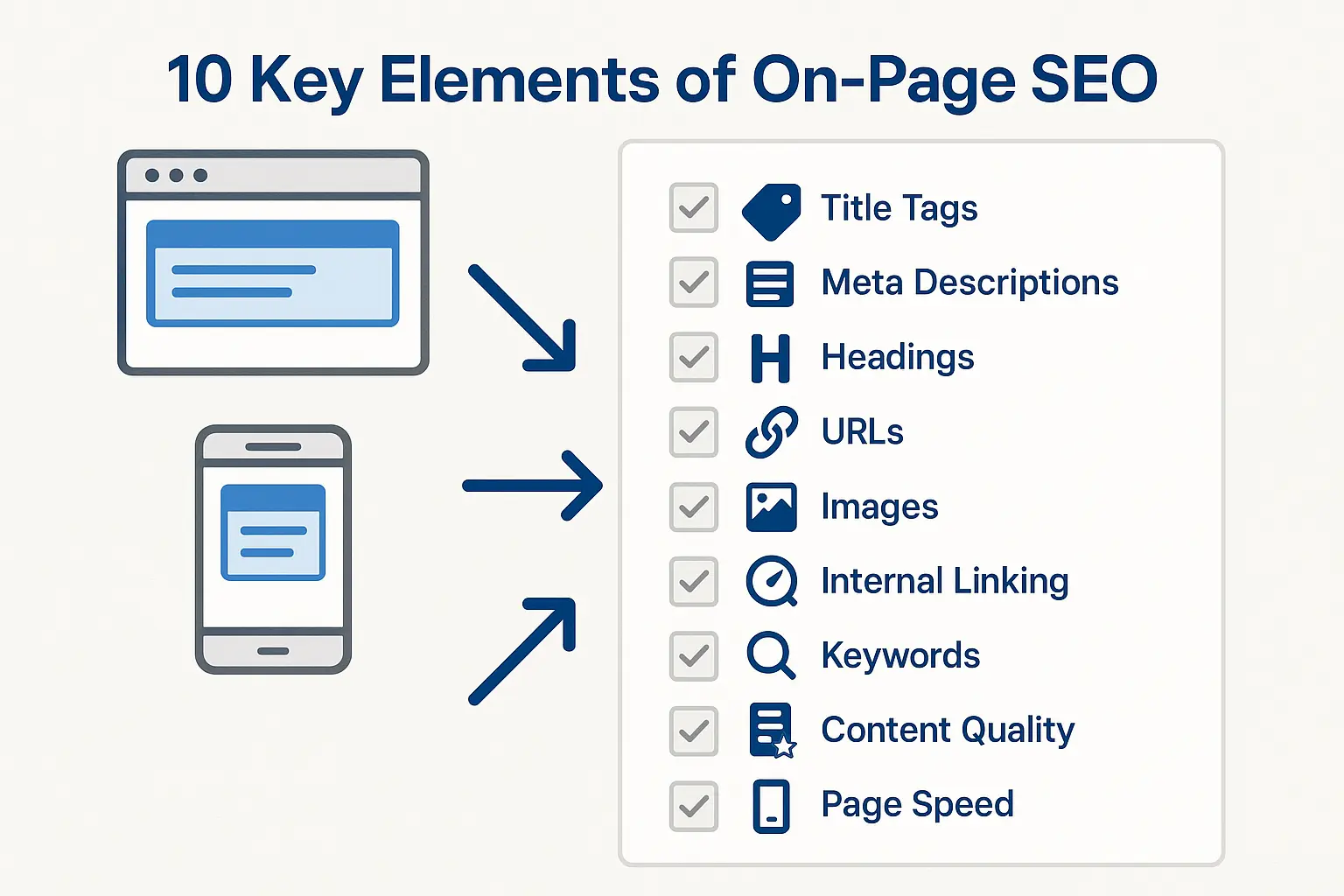
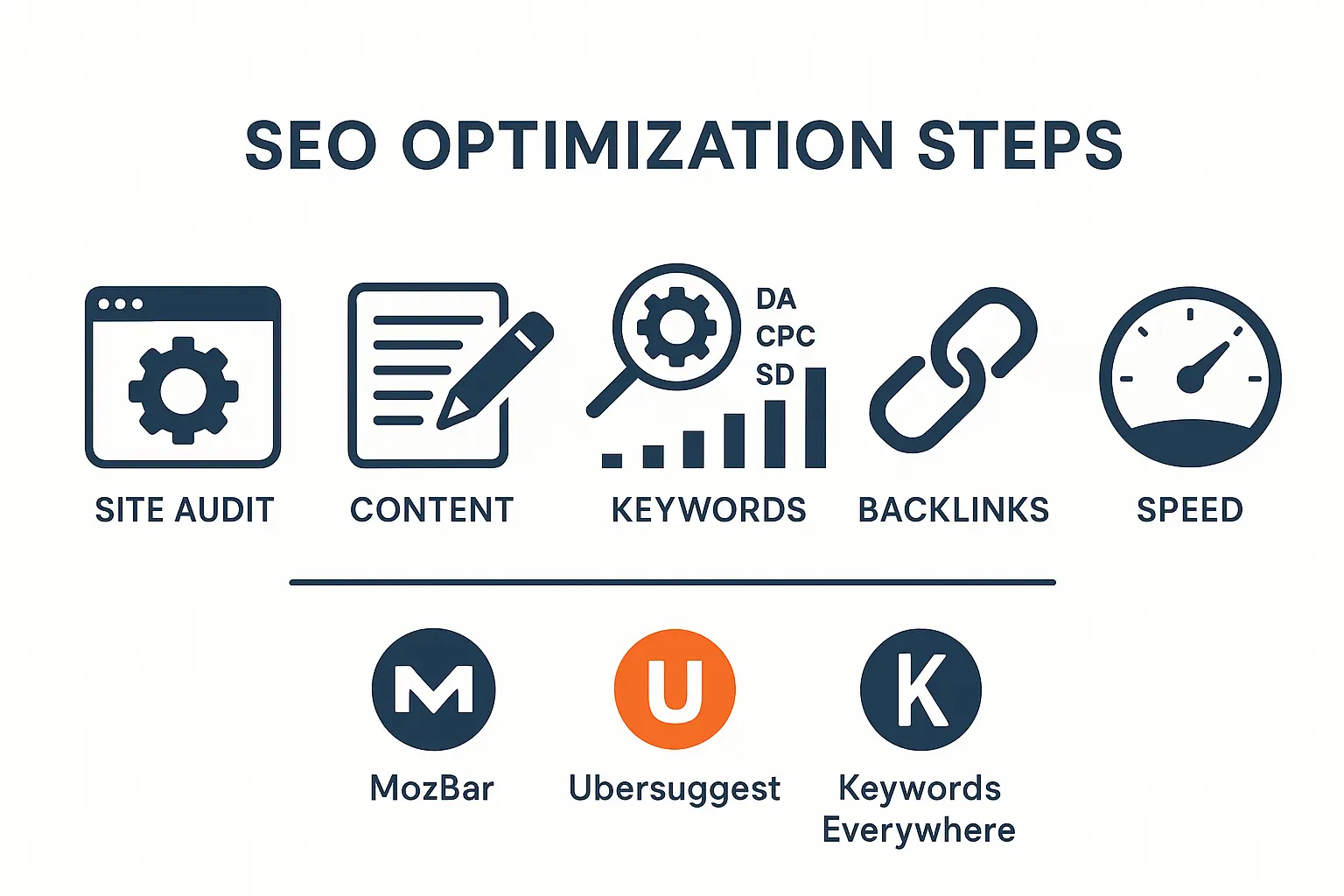
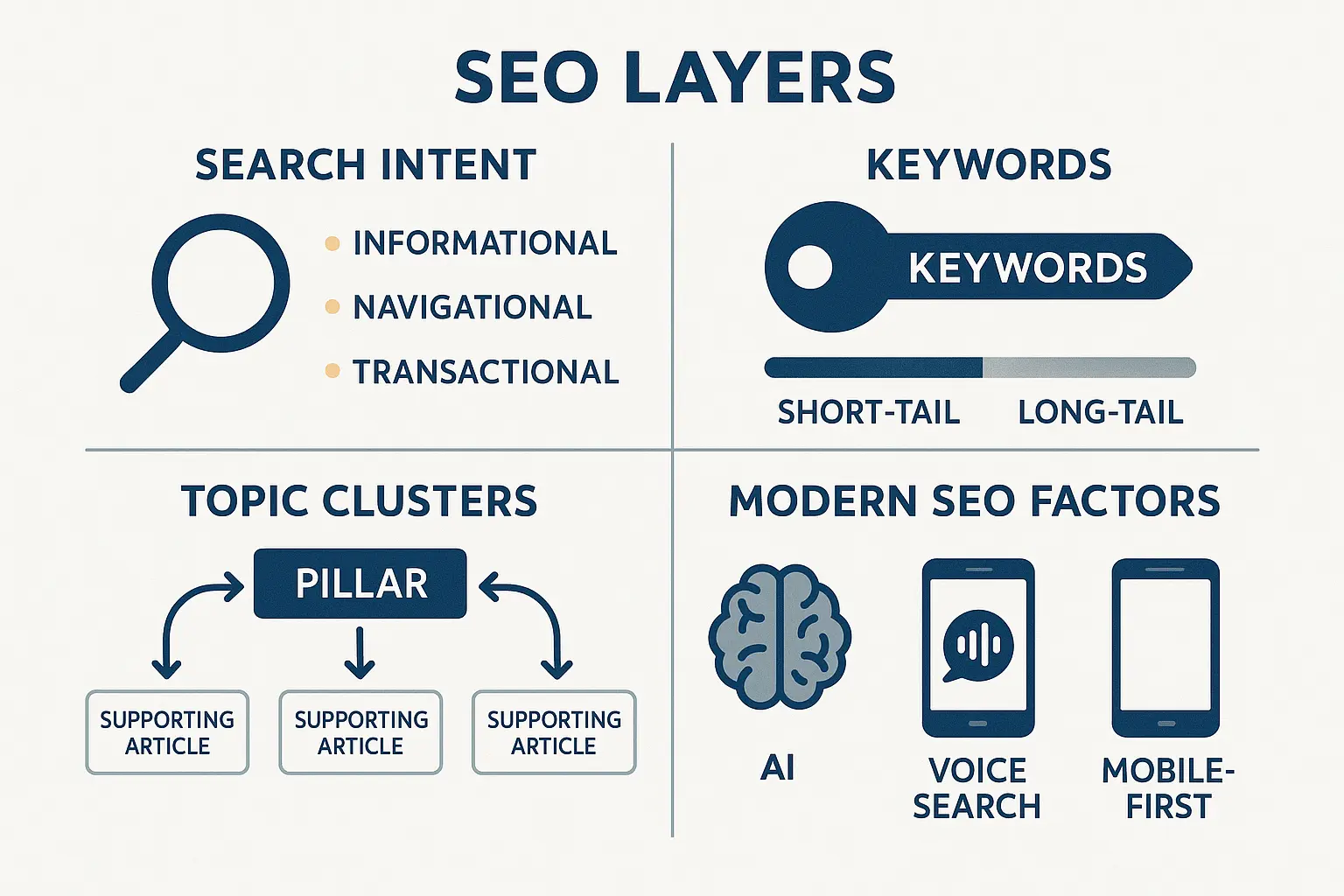
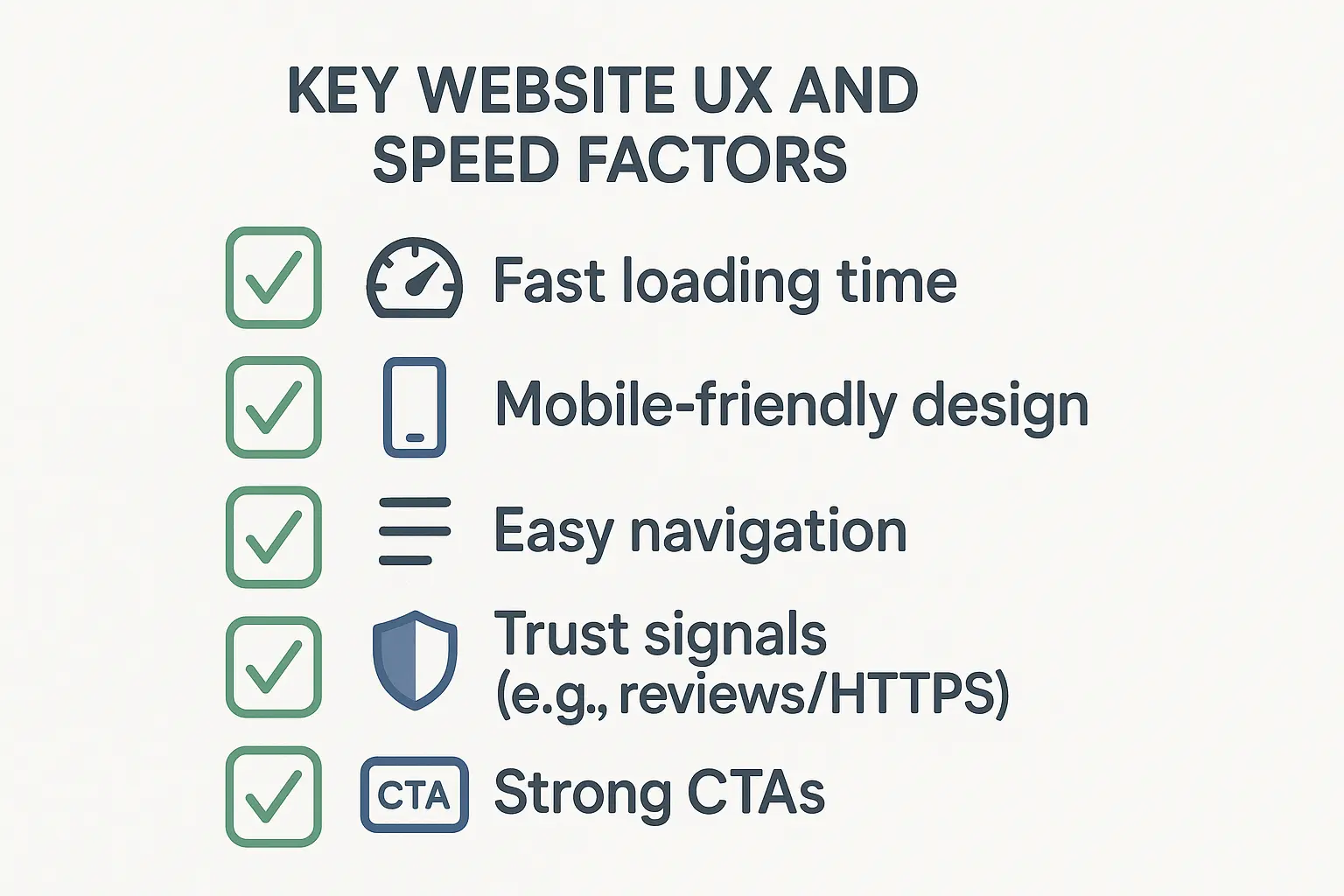
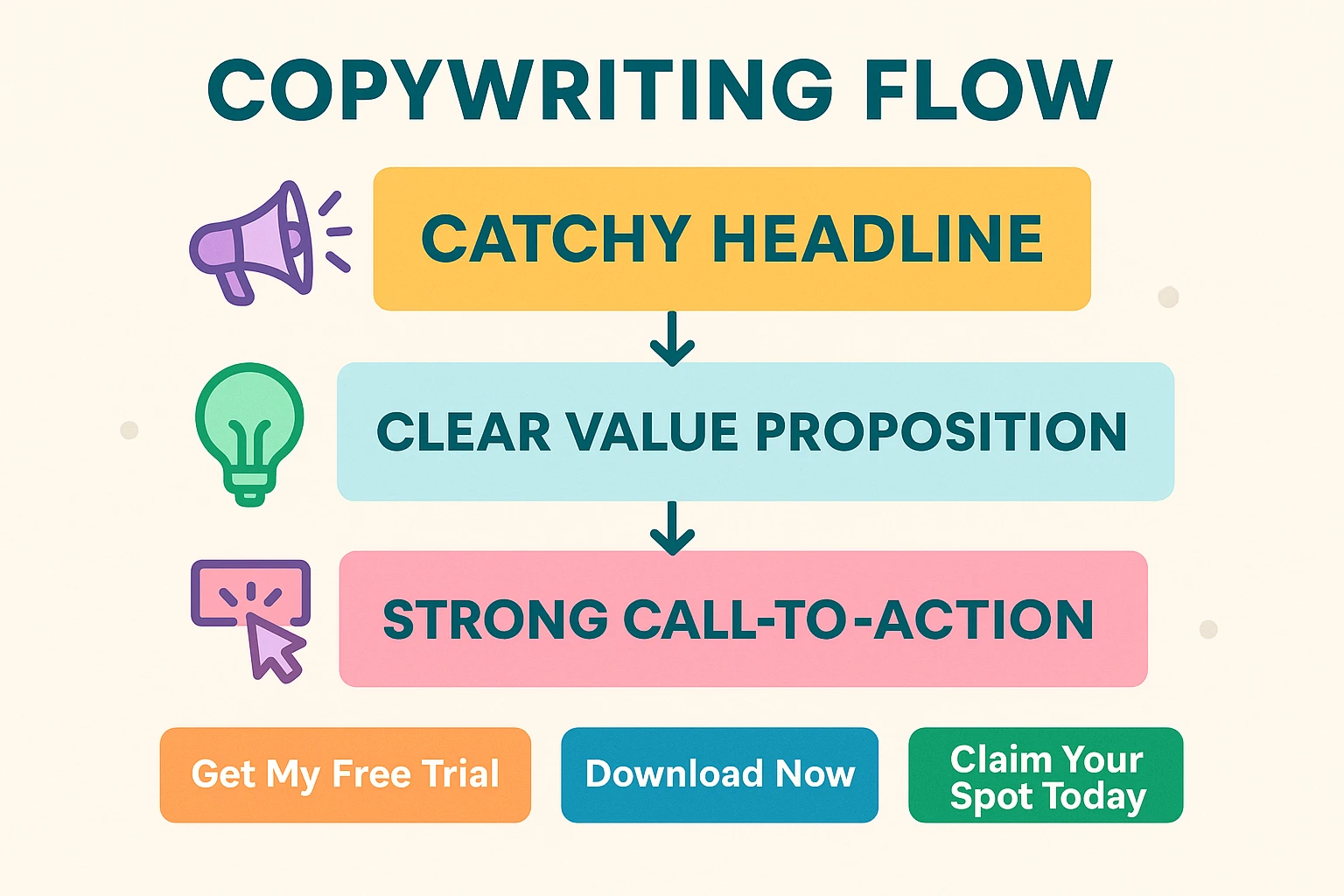
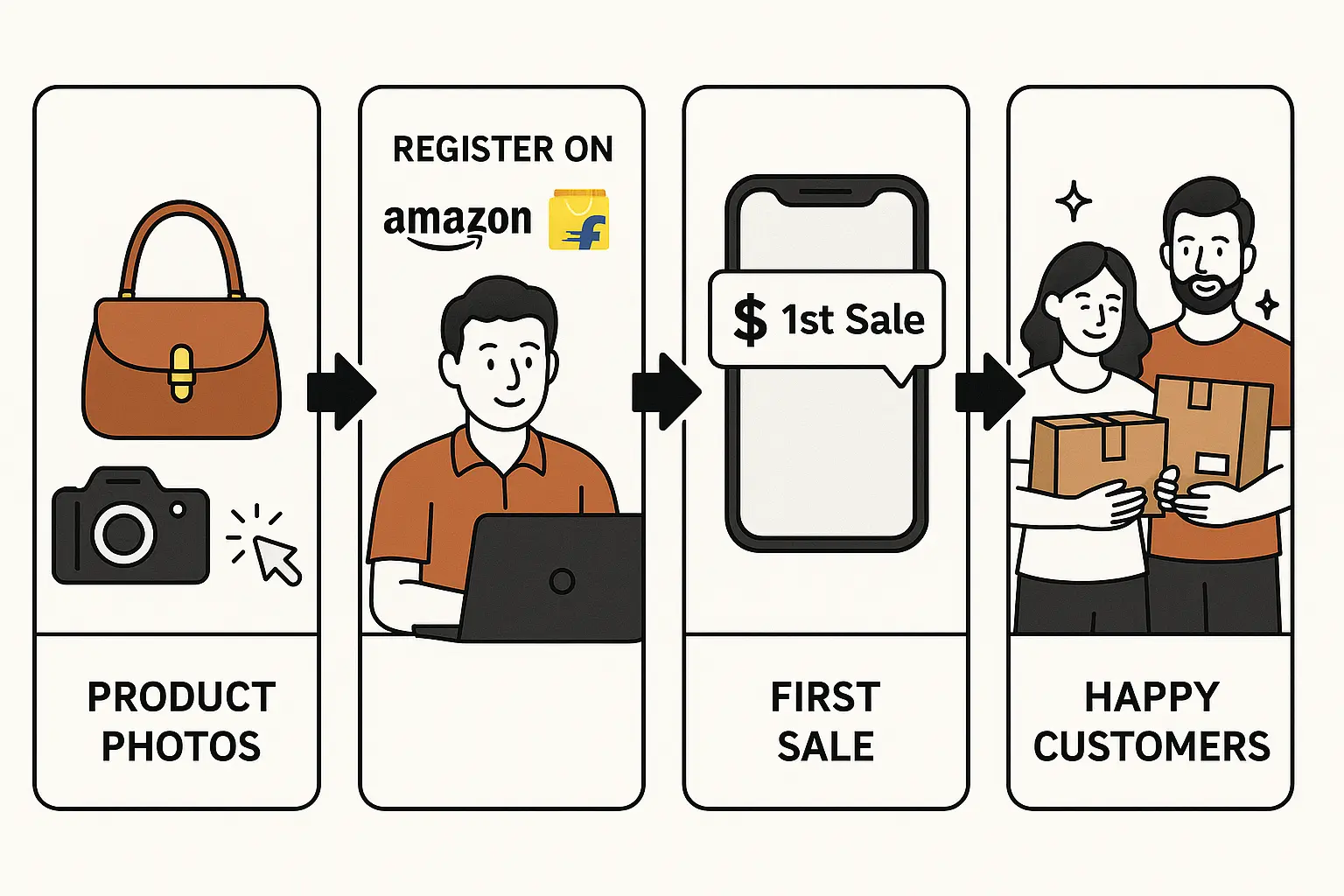

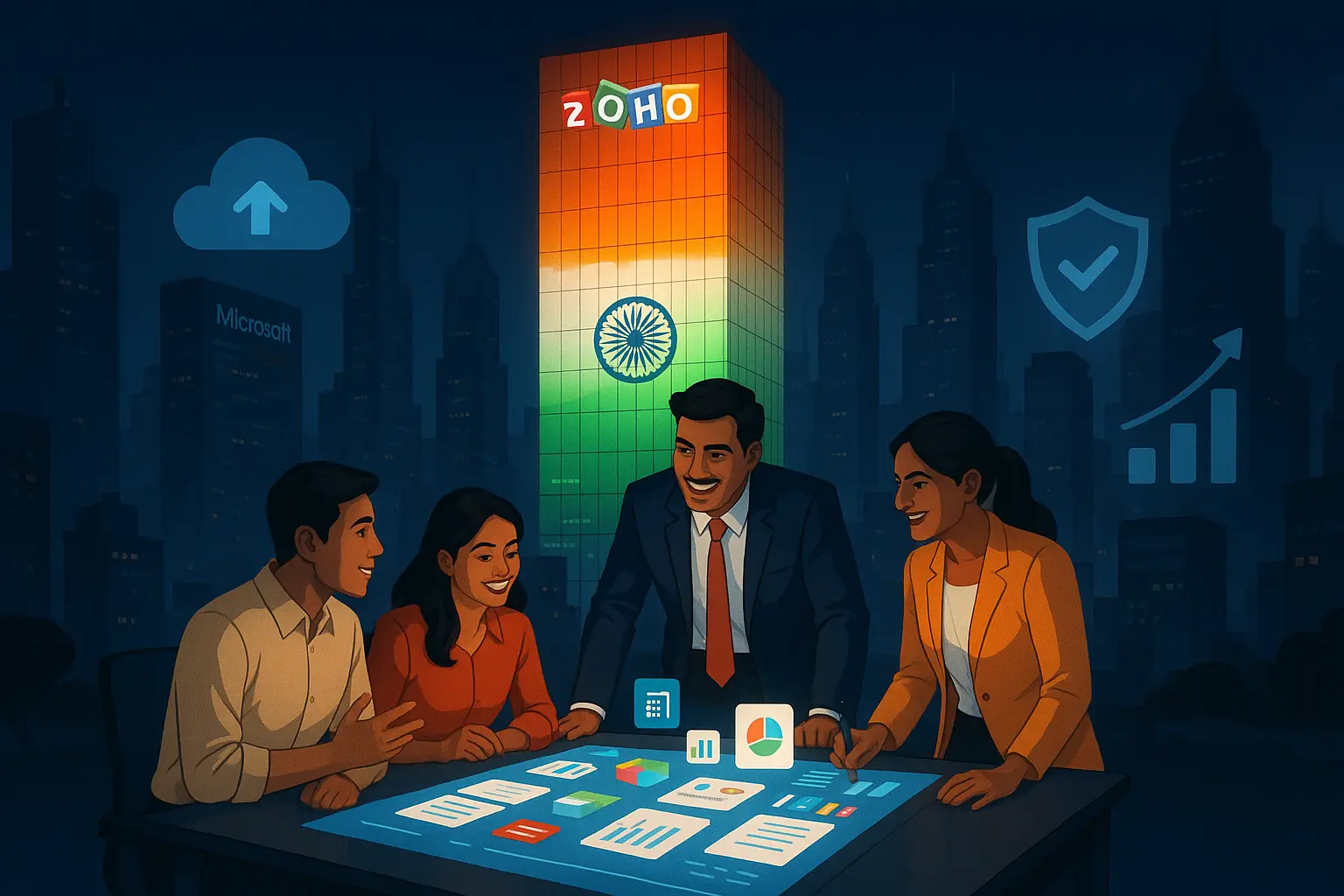
No comments yet. Be the first to comment!